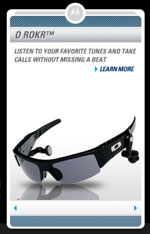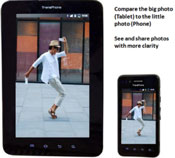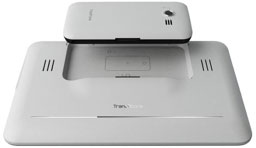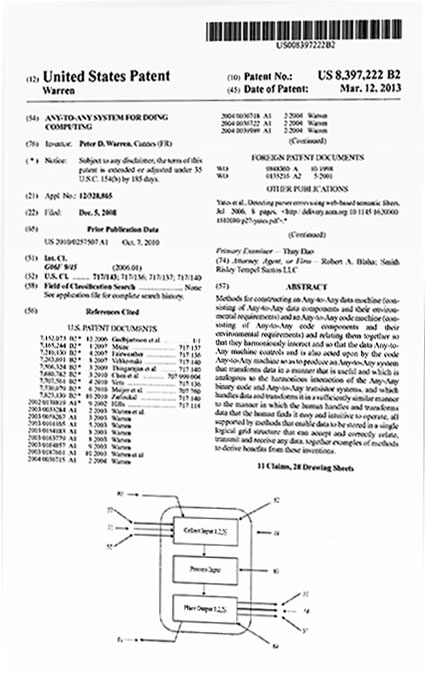Key ExoTech Discoveries
After Peter disposed of the Eastern European operations, he spent the next three years full-time creating the majority of ExoTech, essentially by reverse engineering the human’s own data system on a black box basis and unexpectedly discovering a new, extremely rare and phenomenally powerful class of machines in the process.

In 1999, with the basics of the technology written up in a somewhat rudimentary and not-quite-complete way, he provided these to a programmer who, after taking two weeks to read them, in three weeks produced a small multi-language, written conversational interface prototype. This tested and proved the most key discoveries of ExoTech to be correct. The prototype changed language and changed users when ordered to do so and correctly executed written commands, such as a “send that to him by fax.” Almost everything this prototype does cannot be done by any other computer technology on the market, two decades later.
Development of the First ExoBrain
Peter raised $11 million from 330 private investors to finance the development of ExoTech into a ready-to-launch consumer product. He supervised and completed implementation of 2 out of 8 of the harmoniously interoperating ExoTech technologies which are those technologies needed to create a normal (written) language-controlled computer. He completed planning and preparations for the product launch as far as possible without the product in hand.
Workarounds were created for 5 of the other key ExoTech technologies that had not been built, so as to produce today’s working ExoBrain. Today’s ExoBrain is really a beta of ExoTech technologies 1 and 2, with quick and dirty workarounds for the un-built technologies 3 through 7 (Technology 8 concerns grammatically correct output and was not needed in this version).
WiFi Eyeglasses
Peter obtained U.S. patent 7,013,009, which covers building a microphone, speakers and wifi into eyeglasses. He sold the patent to Oakley Inc. for $200,000.

ExoScreen Development
Peter has obtained and is marketing three U.S. patents: 6,999,792, 7,266391 and 7,477,919. These patents are different sets of claims for the same invention, which is a slip-on, hand-held expansion screen for multiple different physical shapes of cellphone. This expansion screen, called an ExoScreen, can also house hardware (such as battery, memory, processor, etc.) to enhance cellphone performance to the level of making a cellphone into a hand-held laptop replacement. The ExoScreen was originally conceived to make a mobile phone into a powerful hand-held ExoBrain laptop replacement, but has many uses in normal mobile use (such as email, mobile gaming, TV, and so on) without necessarily having an ExoBrain.


TransPads™ convert a smartphone into a tablet.
By 2009, Peter had approximately 12 patent applications in various stages; in each case they were for a new class of device.
2008 – 2012: Work continued on ExoTech and on marketing ExoScreen (re-named to ExoTablet)
2013 – 2015: ExoScreen/ExoTablet launch preparations under the name of UniversalTransPad.
The ExoTech U.S. Patent

ExoTech was written up as U.S. patent number 8,397,222. It is the private property of Peter Warren. The patent totals 157 pages, and is the most comprehensive and clear explanation of Technologies 2 – 8 of ExoTech to date. The patent explains the need for, and describes how to build, ExoTech Technologies 2 – 6. Between them, together with Technology 1 (for which no patent has been written yet), Technologies 1 – 7 create the harmoniously-interacting, integrated, code and data engines that are unavoidably required to process normal everyday language and produce the same results that a human would when receiving the same order. They also constitute a true intelligence-capable engine that operates on the same fundamental principles as those the human uses.
Full-Time Work on ExoTech
Peter Warren returned to full-time work on ExoTech, which now operates with a team of 50 individuals with the original inventor of Voice over Internet Protocol (VoIP: a methodology for the delivery of voice communications and multimedia sessions over Internet Protocol networks).

